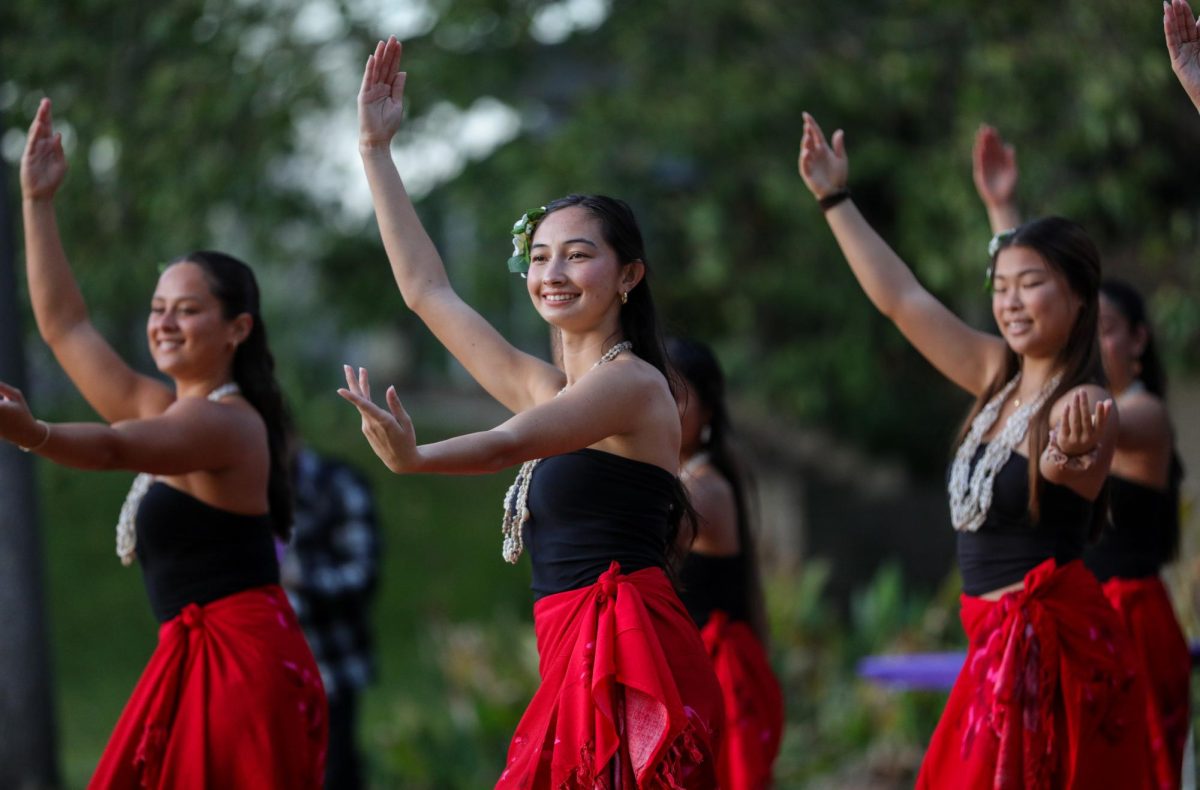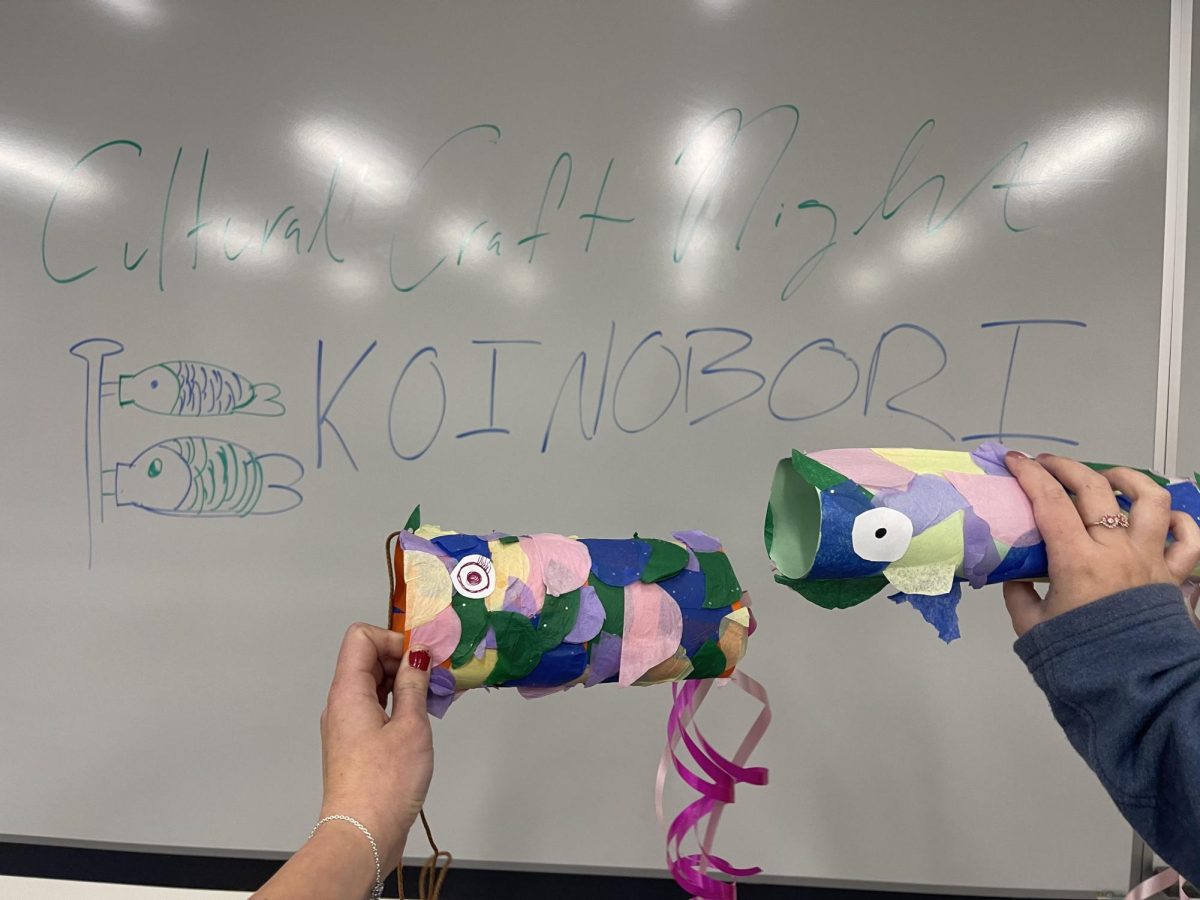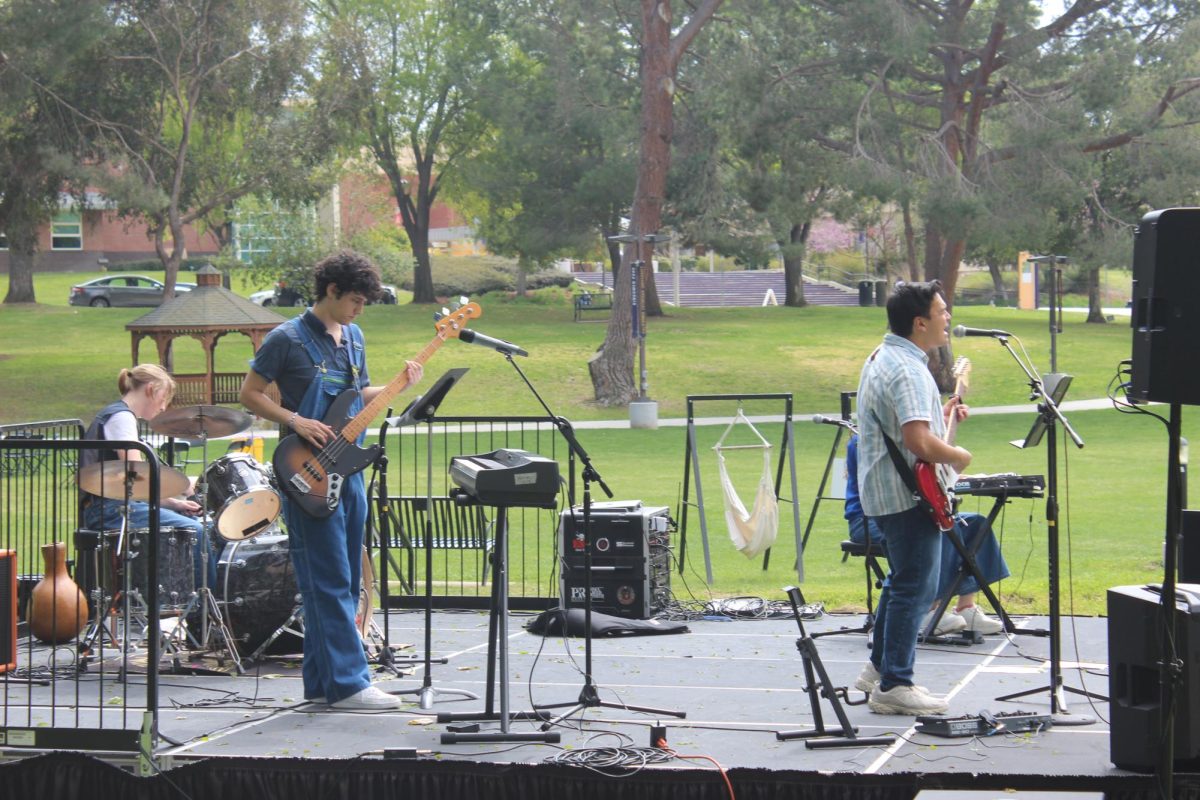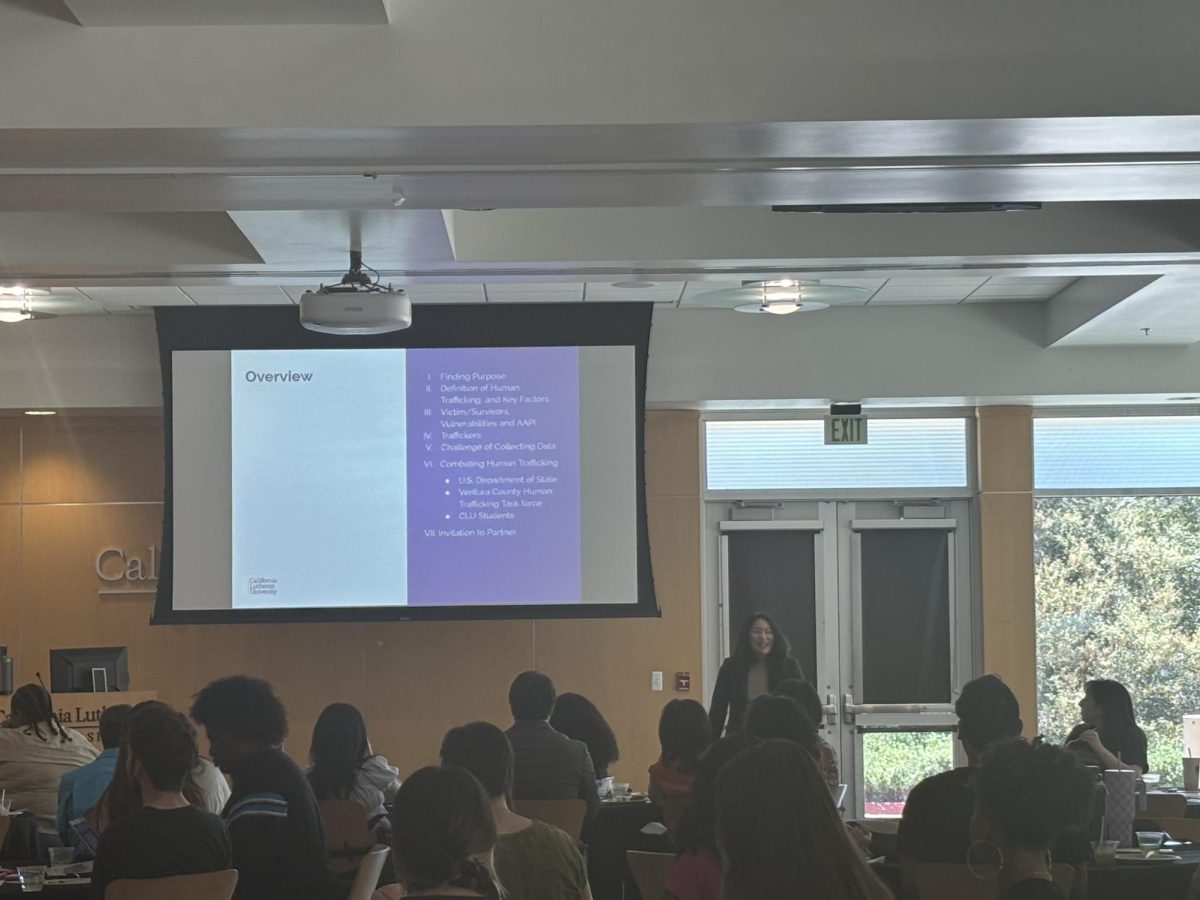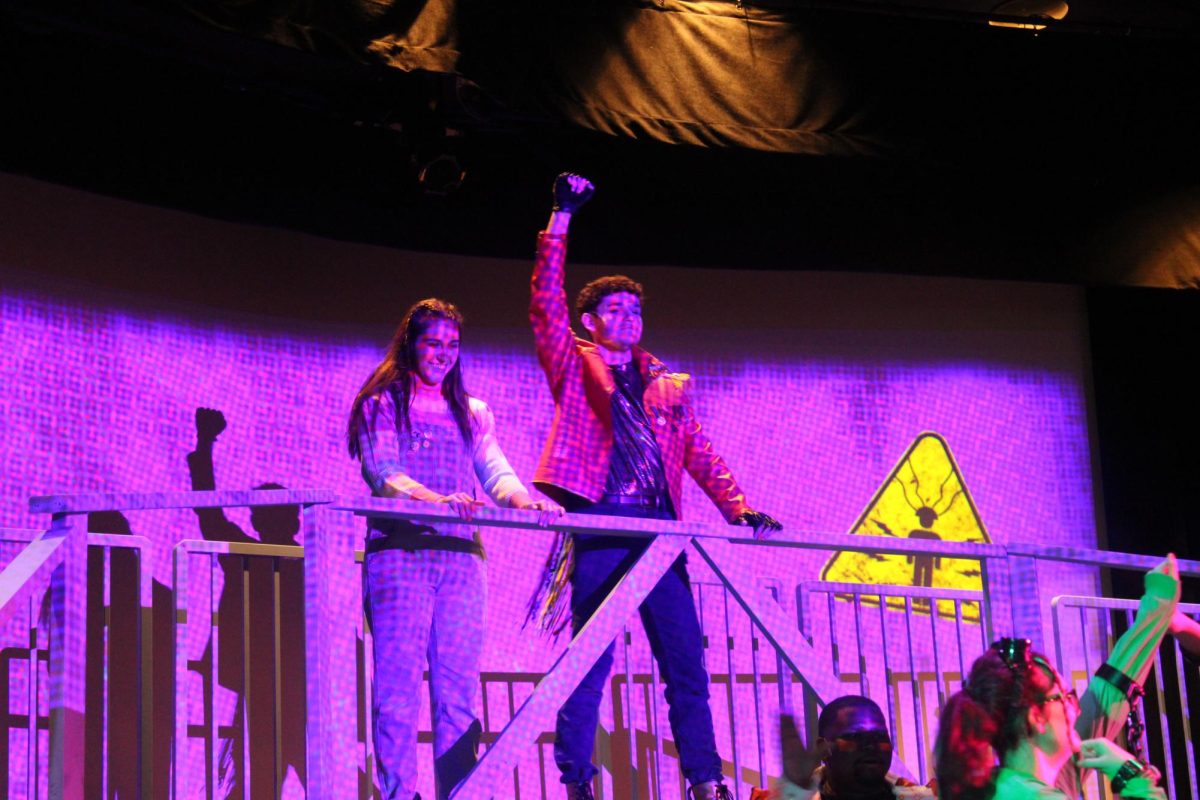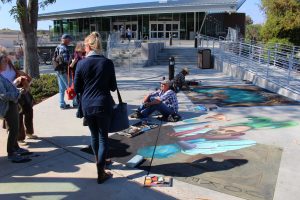
Photo by Spencer Hardie- Photojournalist.
Since California Lutheran University art professor Michael Pearce was a teenager, he has been fascinated by album covers of the British rock band “Yes,” which showcase representational art by Roger Dean. Starting his painting and teaching career as a theater set designer, he struggled to find the form of art that he really wanted to do: imaginative realism.
“I was just been blown away by [Dean’s] imagery, because it was impossible imagery and it was so wonderful. He certainly influenced me. It was the stuff I always wanted to paint, but I couldn’t. I didn’t know how,” said Pearce, a co-founder of The Representational Art Conference.
TRAC is an international art gathering intended to raise appreciation for the representational art form, according to a Cal Lutheran press release. The conference was based in Ventura this year, but attendees visited Cal Lutheran’s Kwan Fong Gallery of Art and Culture, William Rolland Gallery of Fine Art and outdoor Chalk Festival on April 2.
Representational art involves painting what you see so it looks photographic, including Pearce’s preferred form of imaginative realism, which adds the artist’s imagination.
This year’s conference was called “Imagine,” with a focus on imagination and technique working together.
Compared to when Pearce grew up, he said there are no boundaries in art today.
“We’re in this era where the art world has become more like a bubble bath instead of having one big bubble dominated. Now the art world is made up of many different kinds of bubbles of art. Anyone can make art now, in any genre that they wish,” Pearce said.
Michael Lynn Adams, the other co-founder of TRAC, grew up surrounded by art. His father was a professor at California Lutheran University in the ‘60s and art came naturally to Adams. As a child, it was his best way to communicate with others as he had difficulty reading and writing because of dyslexia.
Adams pursued an art major at Cal Lutheran, but ended up working in management at Cal Lutheran when he could not decide what to do with his major.
“By the time I got to my late ‘50s in about 2010, I thought ‘If I’m going to do art ever, I’m going to do it now,’” Adams said.
In 2011, a connection from one of Pearce’s art shows asked Adams if he would like to go to a gathering of what turned out to be a select handful of the top professional representational artists.
“I spent about three days at the gathering, and what I discovered was professional artists don’t talk about what amateur artists talk about. I was fascinated by the conversation we had for those three days. Afterwards, I called Michael [Pearce],” Adams said.
Together they brainstormed an idea they hoped would allow people to come together and discuss the philosophy of representational art, develop new ideas and change people’s view of the representational art form, Adams said. They took this idea to Cal Lutheran President Chris Kimball, and walked out of the first meeting shocked that he agreed to do it.
The first conference was hosted in 2012. Pearce said since then, there have been six conferences, with artists travelling from countries including Russia, Australia, Canada, Ecuador, France and Spain.
Adams said one of the original goals was to connect artists. What Pearce and Adams did not realize is that this show would become international, bringing together artists who felt alone for a variety of reasons. They discovered representational art was discouraged in many countries and was not being recognized.
Now retired, Adams lives in Ashland, Oregon and is involved with the art community there. Adams describes his art style as looking photographic although it isn’t, with a general focus on texture and light.
Cindy Keitel, community relations coordinator at Cal Lutheran, helped organize this year’s conference with Pearce.
“Michael Pearce is brilliant. He’s creative and he’s a great artist. He is completely tapped in and was ahead of the game of representational art back in 2011. He thought it was a forgotten art form – realism,” Keitel said.
Keitel said there had been a group of artists who felt they were being overlooked in modern art and weren’t being accepted in galleries or invited to shows. Now, Keitel said, that atmosphere has changed, with many galleries displaying their work.
“It was amazing to see the collective conscious of the whole artistic community to come together and through all those efforts to change,” Keitel said.
In addition to being an artist, Pearce has taught painting, drawing and the philosophy of art at Cal Lutheran for 14 years. He also creates local shows. Currently, he has an imaginative realism show called “The Illusionists” at Studio Channel Islands in Camarillo until May 18.
“What I wanted to do was show these new works of art, that are very contemporary, very twenty-first century, and establish them being serious works of art. So I curated the show with really beautifully imagery, and I think people are going to absolutely love it. I think it’s the most beautiful show I’ve ever curated and I’ve done dozens,” Pearce said.
Rosie Baker
Reporter




